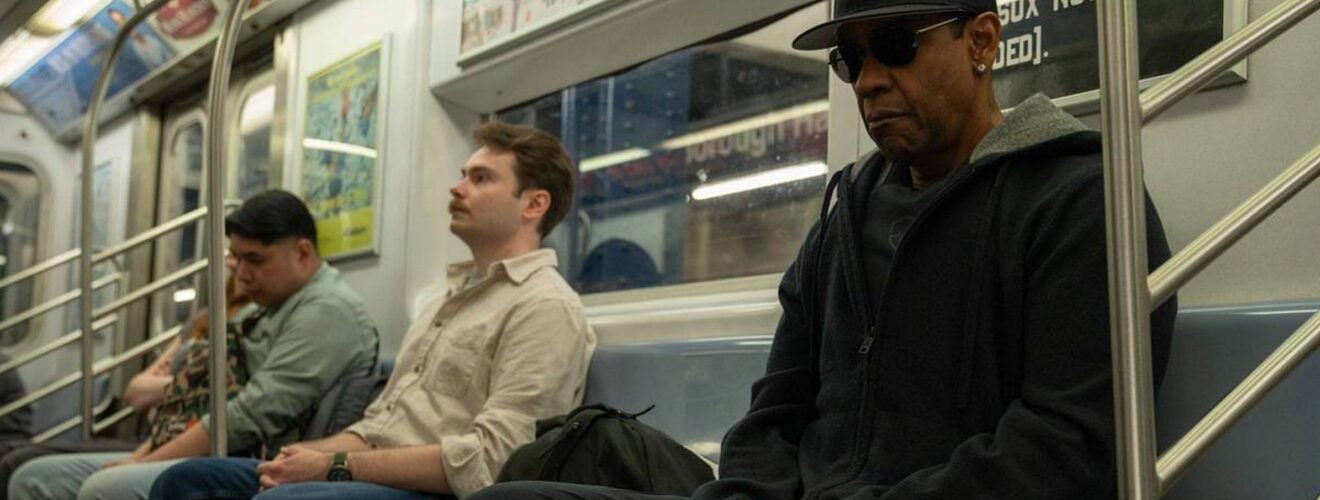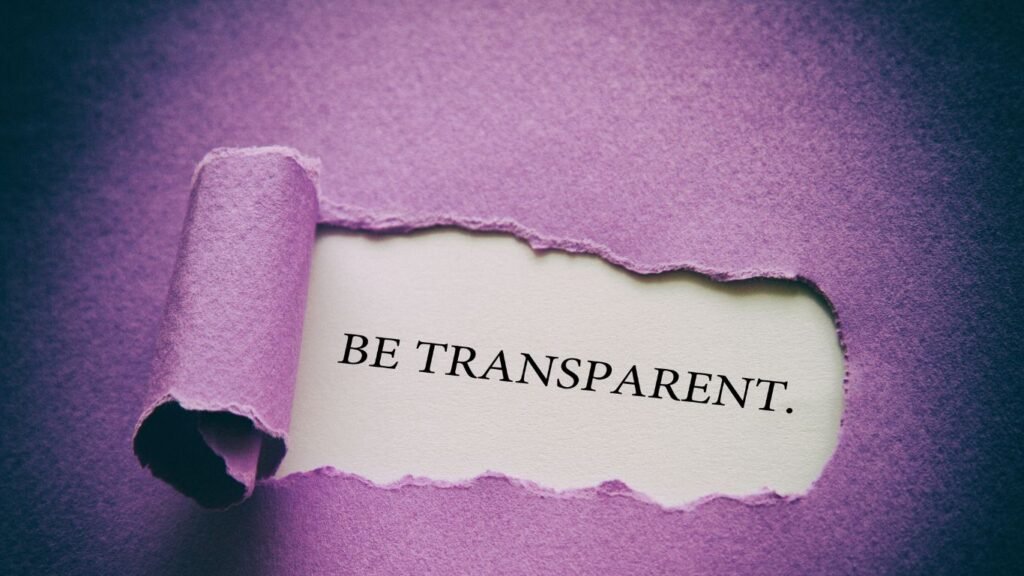‘Highest 2 Lowest’ Review: Spike Lee’s Bold Urban Noir

In 2025, Spike Lee returned to the international spotlight with Highest 2 Lowest, a high-octane, stylized reinterpretation of Akira Kurosawa’s 1963 film High and Low. The film, which had its world premiere out of competition at the Cannes Film Festival on May 19, marks a cinematic reunion between Lee and veteran actor Denzel Washington. This neo-noir thriller deftly blends social commentary with thrilling drama and intense moral conflicts, transforming Kurosawa’s Japanese narrative into an urban American context while retaining its timeless core themes of class division and ethical responsibility.
Plot Overview
Highest 2 Lowest transposes the setting of High and Low from 1960s Yokohama to present-day New York City. The protagonist, originally a shoe executive in Kurosawa’s version, is now David King (played by Denzel Washington), a globally influential hip-hop mogul. King, a man of wealth and stature in the music industry, is confronted with a devastating moral dilemma when a group of kidnappers mistakenly abducts his godson instead of his own child. As the tension escalates, King must choose between protecting his empire and sacrificing a fortune to save a child who is not biologically his own.
The story evolves into an intense urban thriller where the pursuit of justice, self-reflection, and the question of what defines a man’s worth form the emotional and philosophical backbone. Spike Lee skillfully anchors the plot within the framework of present-day socio-economic issues, making it deeply relevant to contemporary audiences.
Performances and Casting
Denzel Washington, in his fifth collaboration with Lee, brings a quiet but commanding gravitas to the role of David King. His portrayal encapsulates internal conflict with subtlety, allowing the audience to witness the psychological toll of moral reckoning in real time. His performance is especially potent in scenes where he grapples with his public persona as a cultural icon while enduring personal turmoil.
A$AP Rocky, in a breakout performance as the antagonist Yung Felon, surprises with remarkable depth. He portrays a street-level rapper turned criminal mastermind whose motivations are shaped by economic disparity and social invisibility. The climactic scene between Rocky and Washington—a powerful and emotional rap confrontation—becomes one of the film’s most iconic moments, symbolizing the ideological clash between wealth and struggle, legacy and survival.
Jeffrey Wright plays Paul Christopher, a seasoned detective whose intellect and compassion elevate the investigation and push King to reconsider his values. Ilfenesh Hadera, as King’s wife Pam, brings warmth and inner strength to her role, supporting her husband while holding him accountable.
The film also features a notable performance by Ice Spice, who makes her cinematic debut with confidence and charisma. Her presence adds a generational contrast that reinforces the film’s themes of evolving cultural identities.
Directorial Vision and Cinematography
Spike Lee’s directorial style is unmistakably present throughout the film. Known for blending vibrant visuals with socially relevant narratives, Lee uses saturated color palettes, sharp camera movements, and montage techniques that mirror the chaos and rhythm of the urban environment. The use of New York City as a character in itself—gritty, divided, and pulsating—amplifies the emotional intensity of the story.
The cinematography, guided by longtime collaborator Matthew Libatique, captures the stark contrast between King’s opulent lifestyle and the dilapidated reality of the city’s underbelly. This visual dichotomy underscores the film’s central conflict—the disparity between “highest” and “lowest” in socioeconomic terms.
Lee’s storytelling here does more than entertain. It forces viewers to question what success looks like, who pays the price for luxury, and how privilege blinds people to suffering. While the structure of the film loosely follows Kurosawa’s original, Lee boldly alters the second half, transforming it into a uniquely modern tale infused with urgency and cultural critique.
Themes and Symbolism
The most striking theme in Highest 2 Lowest is the economic and psychological divide between social classes. The film doesn’t just address wealth disparity—it scrutinizes the ethics of wealth and the moral responsibilities of those at the top. David King represents not only power and success but also the burden of maintaining an empire at the cost of compassion.
Another theme is identity—both individual and collective. From King’s internal crisis to the antagonist’s drive to be seen and heard, the film examines how societal structures shape the way people view themselves and each other. Music, particularly hip-hop, serves as a conduit for storytelling, conflict, and cultural commentary, culminating in the aforementioned lyrical duel that blends drama with performance art.
Lee also includes nods to the history of Black excellence and exploitation in America. Through King’s personal artifacts, archival footage, and art direction, viewers are reminded of the ongoing struggle for recognition, justice, and dignity.
Reception and Controversy
The premiere at Cannes stirred both acclaim and criticism. Many critics praised the film’s bold reinterpretation and the electric chemistry between Washington and Rocky. The Guardian called it “an energetic and vibrant remake that pulses with relevance,” while others described it as a “modern morality play.” The latter half of the film, particularly the climactic scenes, was singled out for its creativity and emotional impact.
However, some reviewers were more skeptical. Certain outlets felt the film lost some of Kurosawa’s original narrative precision, describing parts of the second act as “overly ambitious” or “tonally inconsistent.” Denzel Washington’s restrained performance, while praised by many, was also seen as underwhelming by some who expected more outward intensity.
In an unexpected moment during the Cannes event, Washington received a surprise honorary Palme d’Or for lifetime achievement. The presentation, made by Spike Lee himself, was an emotional highlight and a tribute to Washington’s legacy in global cinema. This celebration was slightly overshadowed by a tense moment on the red carpet, where Washington was seen confronting a disruptive photographer. The incident quickly went viral but did little to dampen the enthusiasm surrounding the film.
Release and Expectations
Highest 2 Lowest is scheduled for a limited theatrical release in the U.S. on August 22, 2025, distributed by A24. A broader release on Apple TV+ is expected on September 5, 2025. Anticipation is high among both cinephiles and mainstream audiences, especially with the buzz generated at Cannes and the growing popularity of cross-genre films blending music, crime, and drama.
Conclusion
Highest 2 Lowest is more than just a remake—it’s a cultural reinvention. Spike Lee has taken a revered classic and reshaped it into a story that speaks to today’s divided world. With a stellar cast led by Denzel Washington and a powerful debut by A$AP Rocky, the film holds up as one of 2025’s most talked-about releases.
Despite varied critical reactions, the film’s ambition and cultural relevance cannot be denied. It invites difficult questions, portrays complex characters with nuance, and uses the language of cinema and music to bridge the gap between art and activism. It is, in every sense, a Spike Lee joint—brash, brilliant, and deeply resonant.













